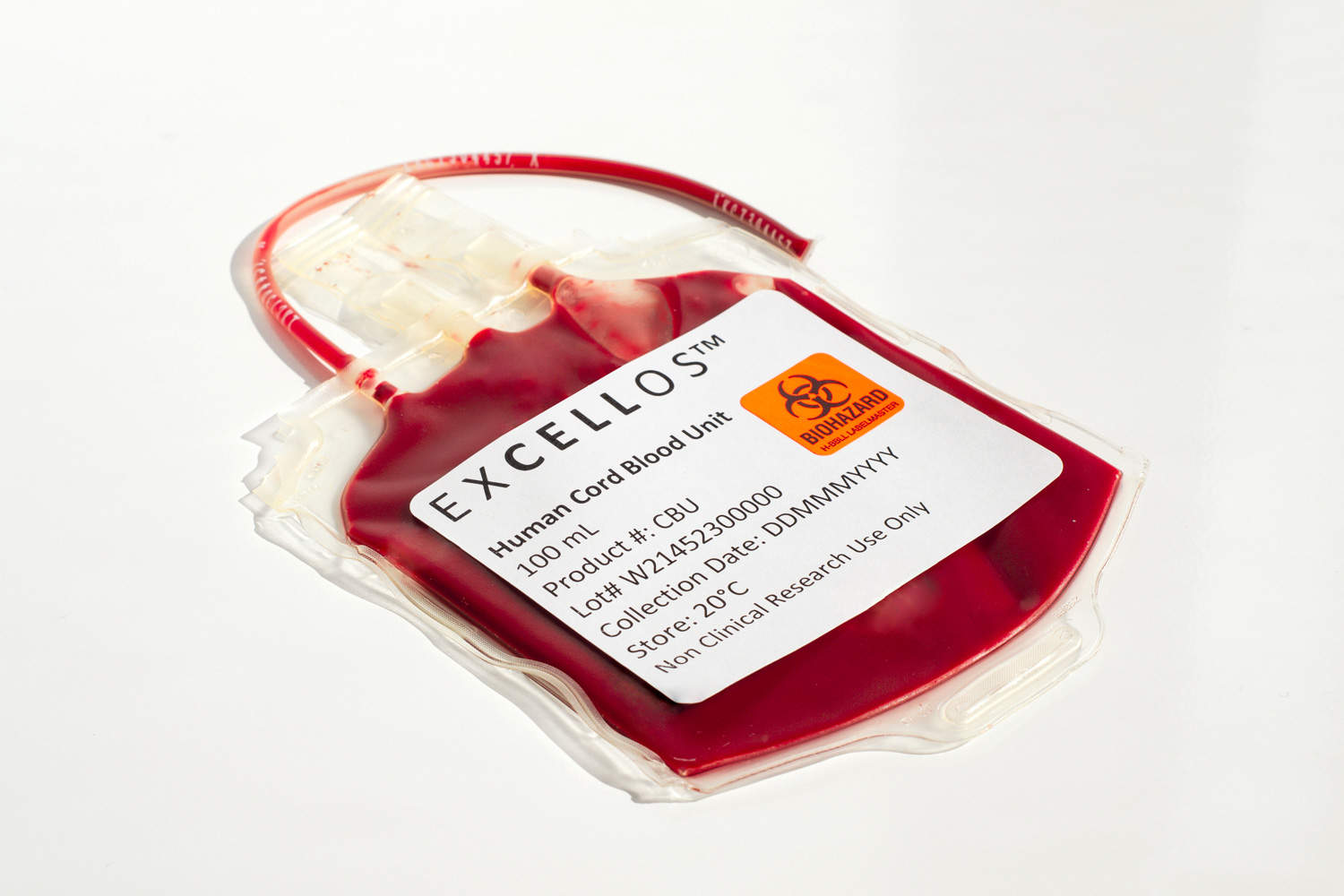A total of 927 surviving children were evaluated with a screening tool used to assess risk for autism spectrum disorder (ASD) in toddlers, known as the Modified Checklist for Autism in Toddlers, Revised with Follow-Up. Proportions of children scoring with medium-to-high risk for ASD did not differ significantly for both groups: 45 of 486 in the umbilical cord milking group and 37 of 441 in the early cord clamping group.
The previous study had found that compared to non-vigorous infants who had early cord clamping and cutting, infants in the umbilical cord milking group were less likely to need heart and respiratory support, less likely to have a low level of oxygen and/or blood in the brain, and more likely to have higher levels of hemoglobin. A follow-up study found that compared to those with early cord clamping and cutting, non-vigorous infants who had cord milking had an increase in blood pumped from the heart and more blood flow to the lungs and brain.
The authors concluded that combined with the benefits seen in their previous studies, umbilical cord milking is a reasonable intervention that does not appear to increase the risk of neurodevelopmental delays in non-vigorous full-term and near-term infants.
Researchers will continue to monitor study participants and expect to release more findings on the boosters’ efficacy against the omicron variant in the continued fight against COVID-19.
“We now have a really large number of studies on vaccinations in pregnant women,” said Messaoudi. “They’ve all shown great safety, tolerability and immunogenicity, so we’ve hit the trifecta. The vaccines are safe and work. That’s what’s really important.”
A treatment to move blood from the umbilical cord into an infant’s body may improve the overall health of newborns classified as non-vigorous—limp, pale and with minimal breathing, suggests a study funded by the National Institutes of Health. The procedure, known as umbilical cord milking, involves gently squeezing the cord between the thumb and forefinger and slowly pushing the blood into the abdomen. Compared to non-vigorous infants receiving the standard treatment of immediate umbilical cord clamping, infants who underwent cord milking were less likely to need heart and respiratory support, less likely to have a low level of oxygen in the brain, and more likely to have higher levels of hemoglobin, a substance indicating the presence of red blood cells.
The study was conducted by Anup C. Katheria, M.D., of Sharp Mary Birch Hospital for Women and Newborns in San Diego and colleagues at institutions in the United States, Canada and Poland. It appears in the American Journal of Obstetrics and Gynecology.
“The study results provide evidence that umbilical cord milking for non-vigorous term and near- term infants may be a safe, more effective alternative to immediate cord clamping,” said Michele Walsh, M.D., of NIH’s Eunice Kennedy Shriver National Institute of Child Health and Human Development (NICHD), which funded the study.
Commenting on the study, Professor Alejandro Madrigal, Scientific Director of the Anthony Nolan Institute, and a world-leading scientist in the field of stem cell transplantation, said: “Cord blood transplantation has been shown to improve engraftment and provide a better outcome for many people. However, unfortunately, stem cells numbers in many cord blood units might be inadequate for optimal transplantation.
“This research is extremely encouraging, since with the simple addition of NOV/CCN3, there is an increase in the functionality of existing stem cells.
“This practical solution could enable many more cord blood units, which have a limited number of stem cells, to be made available for transplantation and could make a huge difference to the many patients.”
Since the first cord blood transfusion was performed in 1988, doctors have performed more than 40,000 cord blood transplants worldwide to treat more than 80 life-threatening illnesses, including leukemia, lymphoma, blood cancers and sickle cell disease. Despite the need, about 96 percent of cord blood is discarded from the nearly four million births in the United States each year, according to data from the Save the Cord Foundation.
With less than 1 percent of the American Indian population donating umbilical cord blood to public cord blood banks, researchers at the Arizona Biomedical Research Centre (ABRC) were interested in discovering why donations were low.
“Cord blood stem cell donation is important for the treatment of several blood disorders and cancers, but many ethnic groups are underrepresented in public cord banks because they often don’t have access to public cord blood banks,” said Kristan Elwell, an assistant research professor at Center for Health Equity Health Research (CHER) and the Department of Health Sciences at Northern Arizona University. “Most people are more aware of the private banks, but can’t afford them.”
Private cord blood banking is about $1,675 plus another $175 a year, according to the CBR website, a California cryobank company with a center in Tucson.
